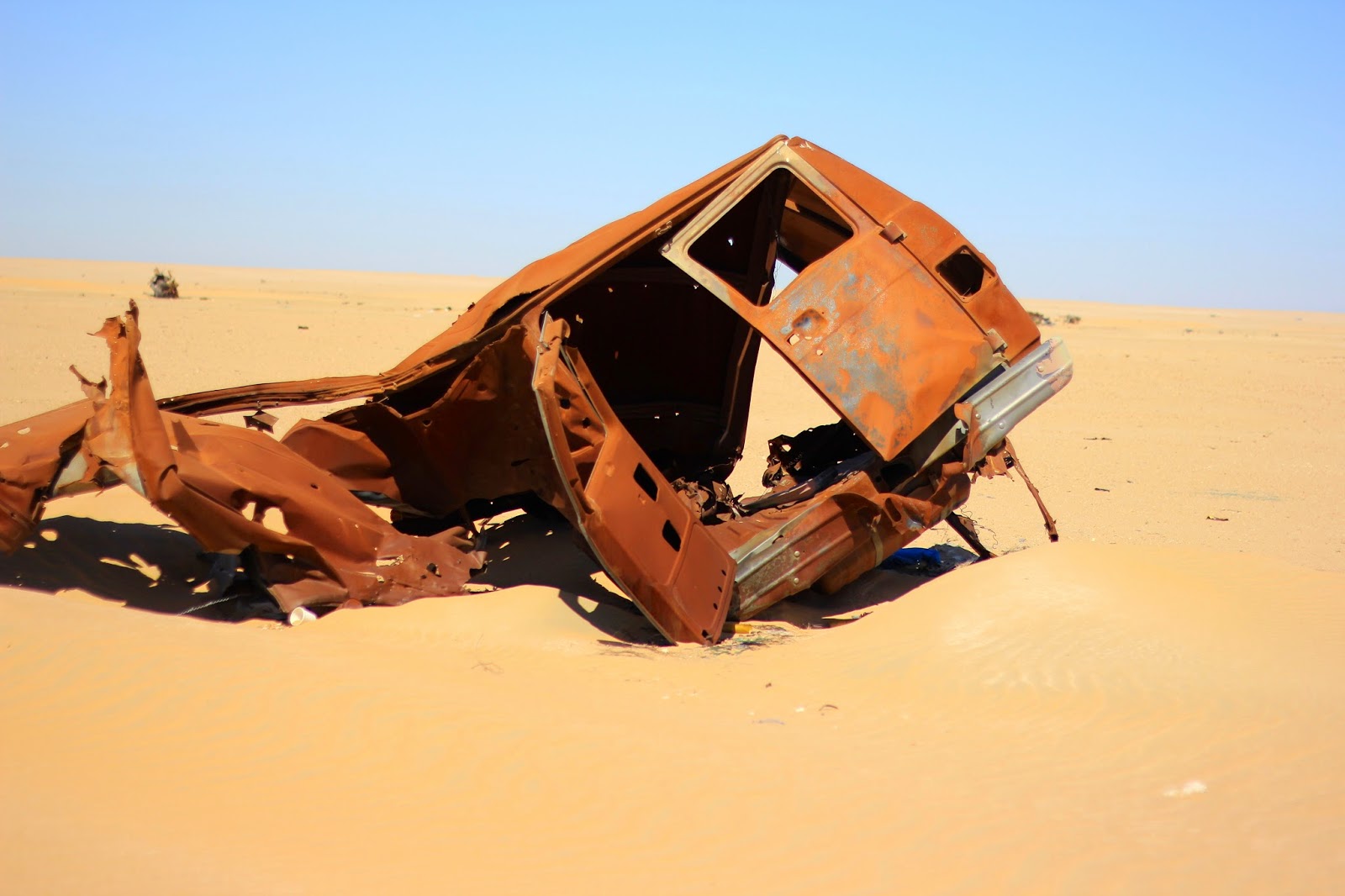Note: Many people ask me what it’s like to live in the Middle East, or, more specifically, they ask what is it like for a Norcal girl to move here. This is my first attempt at a few true, short stories to show my struggles and misconceptions with my move to the desert. And, also, to share my overwhelming stubbornness to respect the culture and keep my identity.
As I first began to pack and prepare for our move to the Middle East, there were lots of things I could have been concerned about.
Would I miss any major milestones while abroad?
(Of course I would and have – this is one of the hardest parts of living abroad.I mean I still haven’t met my sister’s adorable baby girl!)
Would Ibuprofen or tampons be available?
(Sadly, a hard no to Ibuprofen*, it’s an all about Panadol over here; and yes to tampons, turns out only in Central America do they keep them locked behind the counter.)
Would I enjoy living in an apartment, having only ever lived in various houses/townhouses?
(Actually, yes. It is different, but I love having my neighbors so close by. People make us dinner so often - it’s totally the best!)
And while all of these things may have caused me a moment of pause, I really only had one major concern, how would I be expected to dress?
I had done my homework prior to moving to Kuwait. I knew that I would not be expected to wear an abaya (the traditional black dress) or hijab (the head covering). I knew that B would not be expected to wear a dishdasha (the traditional male dress). I knew that western dress abounded in Kuwait and that I would not stand out in a grocery store or on the street. I even went so far as to google street photos of Kuwait, just to assure myself that this was true. It was. And, yet, still I worried.
Multiple black and white basic tanks, tanks with different colors and patterns, tanks with cute phrases, strappy tanks, ribbed tanks, tank dresses and workout tanks. I was a tank top girl and, as such, I couldn’t just start wearing T-shirts.
It wasn't just about a loyalty to tank tops. I genuinely believed my arms appeared stubby and stocky in T-shirts. Their cut just didn’t allow for the graceful contour of my shoulders or the added inches my arms desperately needed. I became self-conscious in T-shirts, genuinely not understanding how everyone else could pull them off, while I appeared to have developed sausages in my sleeves overnight.
With this anxiety, I was unwilling to pack any T-shirts or short-sleeved shirts at all. I used the justification of wasted space. Packing a T-shirt, even a cute one, would just take up valuable space that would be better served filled with boots - because a girl always needs lots of boots - and I wouldn’t wear the T-shirt anyway.
However, I was still stuck with trying to solve the predicament of what to wear upon arrival.
Since I couldn't wear tank-tops and I wouldn't wear t-shirts, what should I wear? Then inspiration hit. I would dress as I do in the winter in the states. Nevermind, that the predicted temperature for my first few months was in the hundred’s. I would pack sweaters.
I looked great in sweaters. I would pack jeans and long skirts and sweaters. I would also pack some tank tops, as they would now prove useful under the multitude of sweaters I could be seen attempting to stuff into my suitcases and backpacks.
I felt prepared. My shoulders and knees would be covered. My arms would appear full length, swathed in fabric. My legs would look adorable in jeans and boots. I would respect the culture and look stylish. I practically shone with confidence in my logic.
However, just a few days later, I shone with sweat instead.
I arrived, in the middle of the desert, in the wicked hot month of August, in a sweater, a tank top, jeans, and boots.
I spent my first few months in Kuwait, sweating profusely and bemoaning the sweltering heat, despite the fact, that I was used to similar heat and had never felt this strongly against it before.
I glistened in the multitude of photos we took. There I stood, slouched over, looking miserable in a sweat-soaked, forest green, hip-length sweater, thick jeans and tall brown boots, next to groups of girls and guys smiling in T-shirts and capris.
And still, after all this, I would not give in. I would not wear a T-shirt. I would not show my now pasty-white, still sausage-like arms to the world.
Heat be damned.
*Correction: I have been told there is Ibuprofen available here, at pharmacies, just not at the grocery store.
*Correction: I have been told there is Ibuprofen available here, at pharmacies, just not at the grocery store.














































